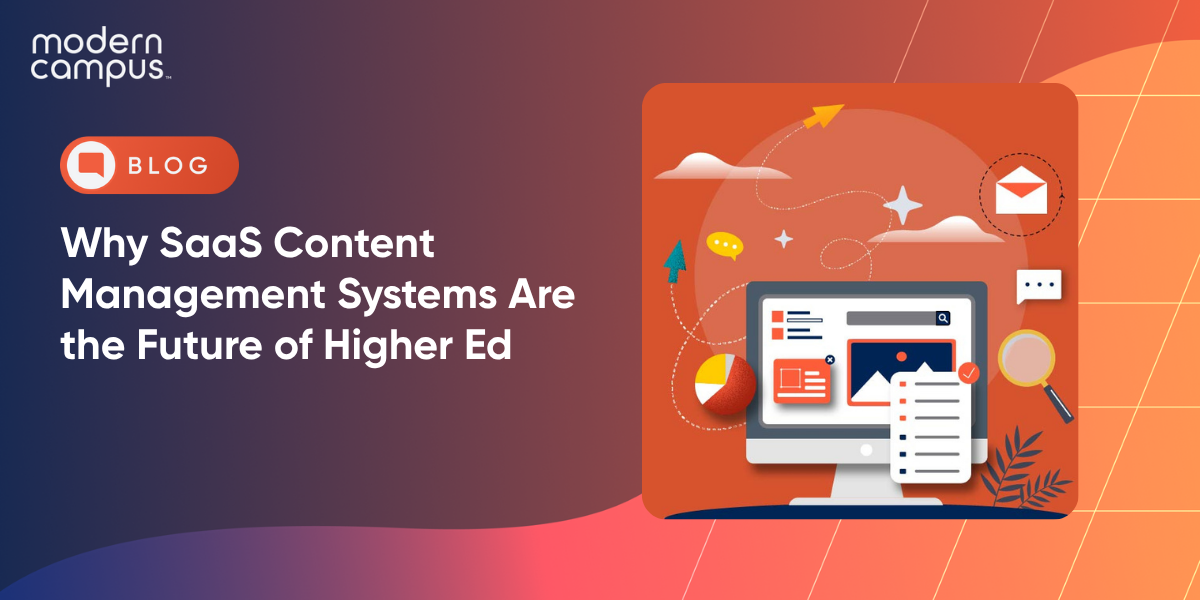Higher Ed Has an Untapped Market for Prospective Students: Alumni Associations
Colleges and universities are no longer exclusively marketing themselves towards teenagers fresh out of high school. They’re realizing that there are thousands of potential learners who have already been working for years, and who want to further develop their skills or re-tool themselves to switch careers.
On the latest episode of Illumination, The EvoLLLution’s Editor-in-Chief, Amrit Ahluwalia, sat down with Ian Allen, Executive Director of the College of Extended Learning at the University of New Brunswick, to discuss Allen’s wake up call for new learning models.
“Universities are starting to realize that serving adult students, part-time students and non-traditional learners is a continuation of a career life cycle that it started with them in the first place,” Allen says.
Alumni associations across the country need to expand the way they think of their members and the value they provide. The modern labor market no longer provides the stability to degree earners it once did—individuals aren’t getting a steady job out of college and working there until retirement. Workers regularly change careers and the need to continuously upskill and reskill—even just to stay relevant in the jobs they have—is forcing higher education institutions to adopt new value propositions. College and university alumni organizations can engage their members by creating sustainable and affordable pathways to continuing and professional education.
Part of the process involves developing what is essentially a unique marketing strategy, designed for an audience who is already aware of the brand. Allen says change doesn't happen overnight, especially for more traditional, historic institutions. To get alumni’s attention, finding the most efficient way to grab hold of them is crucial; keeping them engaged from the second they click on the school’s website could be the difference in their enrollment decision.
“The easier we can make the transition from the time they click on our site until they’re enrolled in a course, the more time there is for us to provide them with support for their education,” Allen says.
Essentially, being the first choice in someone’s head when they decide that it’s time to upskill or reskill is crucial to the student’s engagement with their alma mater. The student already knows that institution provides top-notch education, so why not come back for round two?
For students looking for online or asynchronous learning, it can be difficult to find the right institution, or perhaps a prospect’s alma mater doesn't yet offer the desired courses onfor a flexible schedule. Creating relationships with continuing and online education divisions can bolster the new learning experience for students who want to reorient themselves with new skillsets.
“Professional learners want options and flexibility geared towards their needs, rather than what a university prescribes they should take,” Allen says.
All education providers must be able to pivot and offer a wider portfolio of learning options to serve as many students as possible.
“Learners don’t just show up at the door,” Allen says. “You need to work hard to bring them in, and even harder to retain them for their entire learning lifecycle. You need to switch gears and see what is coming down the road in a year or 18 months and be responsive.”
Oftentimes, students are looking for the most accessibility they can get. We live in an ultra-convenient world of same-day shipping and streaming 4K content. Students are accustomed to things being the way that they want them, when they want them, and not having to settle.
The process of securing prospective learners means reaching out to them, ensuring they’re staying on track, and keeping tabs on what works and what doesn't.
“Students want that Amazon approach and learning management systems, but it's also so ensuring that there are support mechanisms in place should learners have difficulty along the way,” Allen says.
By making sure there are support mechanisms in place, an institution can help more students succeed. Higher ed leaders must understand that students have lives outside of the classroom and may need an added level of flexibility to reach their goals.
The more students that graduate from a school, the more opportunity there is to market future courses to those very same people. Lifelong learning means students can come back again for new training, and this means additional revenue for the university, Allen says. As much as the revenue matters, however, the student still comes first.
“In our best interest, if we can recommend that a student goes somewhere else, we’re still serving their needs,” Allen says.
The institution is no longer a gatekeeper for knowledge only accessible to the mighty few. Instead, with this new layer of flexibility and reskilling, students can take control of their own education by learning in a way that best suits them and their future by adapting themselves for change when the time is right.
Listen to This Episode
Listen on Apple Podcasts Listen on SpotifyRSS Feed
Last updated: January 21, 2022


